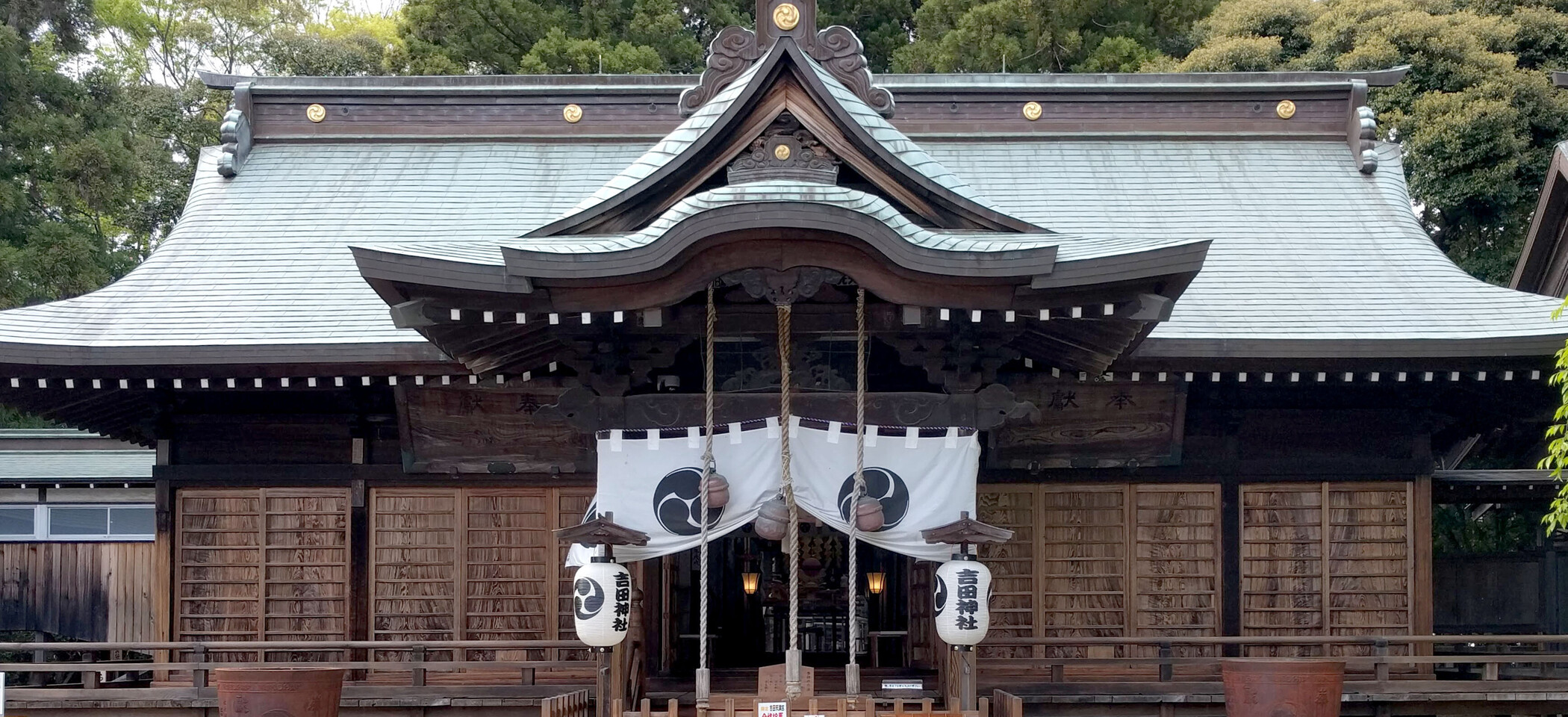
- Head: Bernhard Scheid
- Research: Stefan Köck, Brigitte Pickl-Kolaczia
- Field: Japanese Studies
- Running period: 2020–2023
- Funding: FWF P33097
The rise to power of Japan's Tokugawa Dynasty in the 17th century brought about considerable politico-religious changes. One of the key issues of the new regime was the introduction of an official cult for venerating its founder, Tokugawa Ieyasu, in a major santuary in Nikkō named Tōshōgū, which was officially a Shintō shrine under Buddhist supervision. At the same time, local Shintō-related reforms occurred in several Japanese domains. These domains were ruled by semi-independent local lords, and their religious policies deviated at times significantly from those of the Shogunate’s cult of Tokugawa Ieyasu. The impact of such local reforms on the general development of Shinto is the main topic of this project.
The most radical reforms took place in the two domains of Mito and Okayama. In our previous project on religious control via Shintō shrines (shintō-uke), we investigated a phenomenon that seemed most striking to us, namely a Shintō variation of the well-known religious investigation of the population via Buddhist temples (tera-uke). During our research, however, we found out that an all-encompassing implementation of shintō-uke could only be found in Okayama while Mito merely introduced this measure for members of Shintō shrines. Other measures that occurred in both domains radically changed the character of the local religious landscape: in both cases Buddhist temples were reduced by more than fifty percent and Shintō shrines, many of which were administered by Buddhist monks, became – at least nominally – separated from Buddhist institutions.
As a result of our findings, we propose the new technical term hanryō shintō, lit. "Domain Shintō", to describe the various local Shintō-related reforms. The concept of hanryō shintō facilitates the classification of a range of specific phenomena in the 17th century that were typical for Okayama, Mito and a number of other domains such as Aizu, Izumo and Wakayama. It contains the following characteristics:
- a Shintō-friendly or shrine-focused top-down policy, conceived and/or enforced by the domain lord himself,
- a clear-cut ideological separation between Buddhism and Shintō (shinbutsu bunri) and the introduction of new Shintō institutions,
- the repression of certain Buddhist groups that were considered to be deviant from officially established norms for Buddhist institutions (although the degree and quality of anti-Buddhist measures varied considerably between domains),
- a new emphasis on shrine ranks and shrine hierarchies, often based on traditional rankings reaching back more than five centuries, which became the pretext for the removal of unranked, syncretic or licentious shrines,
- a desire to replace Buddhist funeral rites, in particular those of the local elite, with Shintō or Confucian funerary practices,
- attempts to raise the educational standards of the general populace by teaching new, non-Buddhist moral doctrines, oftentimes derived from a combination of Shintō and Confucianism.
Studies in Western languages have mentioned the reforms in question only in passing, and even Japanese scholars tend to overlook the relevance of these phenomena to the long-term history of Shintō, according to our perception. The hanryō shintō project aims at closing this gap by combining research on local and large-scale religious history. Investigating the phenomenon of hanryō shintō appears to be of utmost relevance because it contains the roots of Shintō policies that emerged on a national level in the early Meiji era.
- Historical development of Shinto (superordinate project)
- Shintō-uke (preceding project)